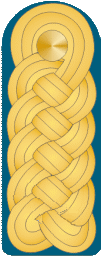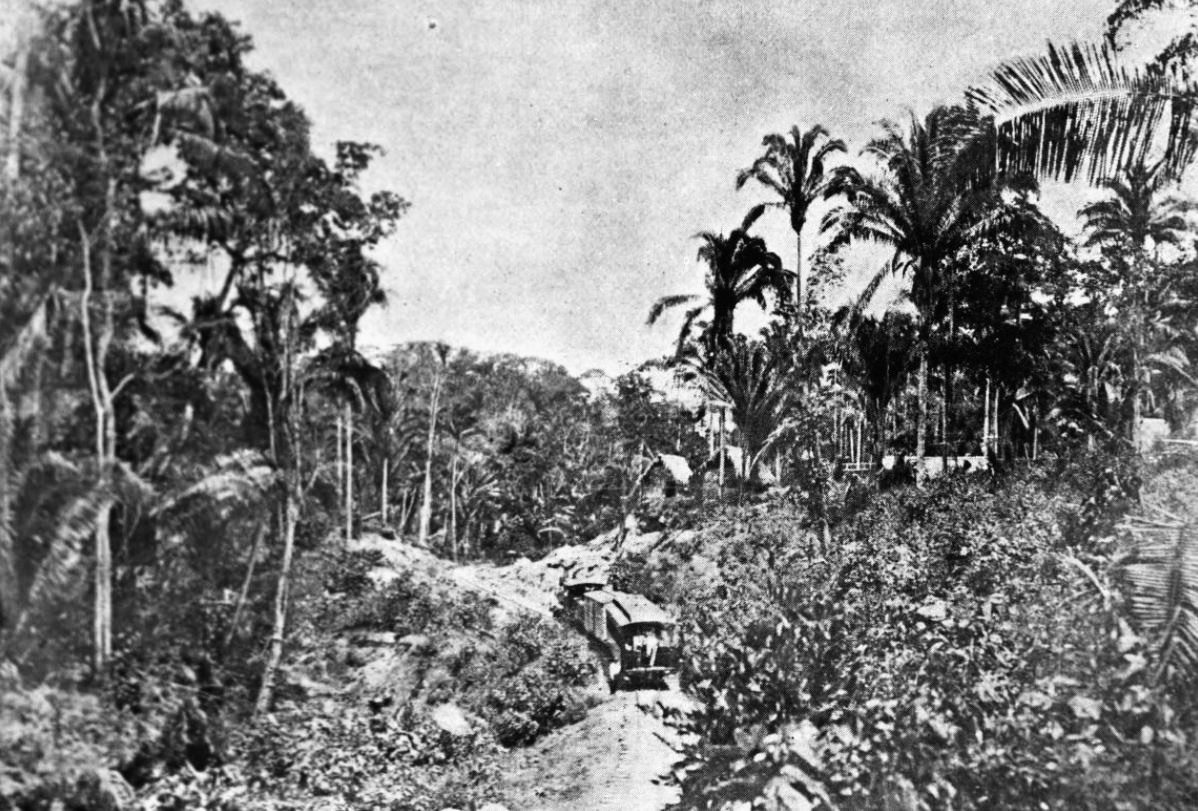|
José María Reina Barrios
José María Reyna Barrios (24 December 1854 – 8 February 1898) was President of Guatemala from 15 March 1892 until his death on 8 February 1898. He was born in San Marcos, Guatemala and was nicknamed ''Reynita'', the diminutive form, because of his short stature. He was a moderate of Guatemala's Liberal Party, who worked to solidify the less controversial of the reforms of late president Justo Rufino Barrios. Political life Reyna Barrios was nephew of Justo Rufino Barrios, and as such he started his political career while his uncle was still President of Guatemala. After Barrios sudden death in Chalchuapa, El Salvador on April 2. 1885, Reyna Barrios increased his political activity under the government of Manuel Lisandro Barillas, who was jealous of his popularity and sent him to Europe under false pretenses that there was a diplomatic appointment for him. The appointment never materialized and Reina Barrios was stuck in Europe and then in the United States for ... [...More Info...] [...Related Items...] OR: [Wikipedia] [Google] [Baidu] |
General Of Division
Divisional general is a general officer rank who commands an army division. The rank originates from the French (Revolutionary) System, and is used by a number of countries. The rank is above a brigade general, and normally below an army corps general. The rank is mostly used in countries where it is used as a modern alternative to a previous older rank of major-general or lieutenant-general. Specific countries Brazil The Brazilian rank ''general-de-divisão'' translates literally as "general of division", and is used by the army. This rank is equivalent to lieutenant-general. The air force equivalent is ''major-brigadeiro''(literally "major-brigadier"). The navy equivalent is ''vice-almirante'' (literally, vice-admiral) Chile The Chilean rank ''general de división'' translates literally as "general of division", and is used by the army. This rank is equivalent to lieutenant-general. The air force equivalent is ''general de aviación'' (literally "aviation general"). Thes ... [...More Info...] [...Related Items...] OR: [Wikipedia] [Google] [Baidu] |
Manuel Lisandro Barillas
Manuel Lisandro Barillas Bercián (17 January 1845 – 7 April 1907) was a Guatemalan general and acting president of Guatemala from 6 April 1885 to 15 March 1886 and President from 16 March 1886 to 15 March 1892. He was born in Quetzaltenango, and assassinated (at the behest of his enemy Manuel Estrada Cabrera, President of Guatemala at the time) in Mexico City in 1907. Government Barillas Bercián became interim president of Guatemala after the death of President Justo Rufino Barrios in the battle of Chalchuapa in El Salvador in April 1885, by means of a clever scam: he went to the General Cemetery when Barrios was being laid to rest and told the Congress president: "please prepare room and board for the 5,000 troops that I have waiting for my orders in Mixco". The congress president was scared by this, and declared Barillas interim president on the spot. By the time he realized that it was all a lie, it was too late to change anything. Instead of calling for election ... [...More Info...] [...Related Items...] OR: [Wikipedia] [Google] [Baidu] |
Parque Antiguo
*
*
{{dab, surname ...
Parque is the Galician, Portuguese and Spanish word for "park", and may refer to: * Parque (TransMilenio), a metro station in Bogotá, Colombia * Parque (Lisbon Metro), in Portugal * Parque (Santurce), a subbarrio in San Juan, Puerto Rico * Jim Parque, a baseball player See also * Parquetry, a type of flooring * Park (other) A park is an area of land with a recreational or other specific purpose. Park or Parks may also refer to: Places United Kingdom * Park (Reading ward), an electoral ward of the Borough of Reading, Berkshire, England * Park (Sefton ward), an el ... [...More Info...] [...Related Items...] OR: [Wikipedia] [Google] [Baidu] |
1917 Guatemala Earthquake
The 1917 Guatemala earthquakes were a sequence of tremors that lasted from 17 November 1917 through 24 January 1918. They gradually increased in intensity until they almost completely destroyed Guatemala City and severely damaged the ruins in Antigua Guatemala that had survived the 1773 Guatemala earthquakes. History The seismic activity started on 17 November 1917 and ruined several settlements around Amatitlán. On 25 and 29 December of the same year, and on 3 and 24 January of the next, there were stronger earthquakes felt on the rest of the country, which destroyed a number of buildings and homes in both Guatemala City and Antigua Guatemala. Sometimes the movement was up and down, then sideways. At every new shock a handful of houses went down. In most of the houses, walls cracked in two and then roofs fell in; in churches, bell towers crashed down, burying adjacent buildings and their occupants. Among those buildings destroyed by the earthquakes were a lot of the in ... [...More Info...] [...Related Items...] OR: [Wikipedia] [Google] [Baidu] |
Northern Railroad Of Guatemala
The Northern Railroad of Guatemala was a railway system that ran from Guatemala City to Puerto Barrios, the main port of Guatemala, between 1896 and 1968. The American United Fruit Company had the monopoly of the railway system through its affiliate, International Railways of Central America, along with the docks at Puerto Barrios, the banana plantations in Izabal Department, Izabal and the cargo and passenger transport with its Great White Fleet. The system was highly efficient, but once a parallel highway was built, it could not compete and eventually was handed back to the State of Guatemala in 1968. After that, the system slowly lost its relevance, as the trucks were more profitable than railway transportation along this route. It ceased regular operations in 1996, and has remained partially abandoned since. History Initial project In 1883, then president general Justo Rufino Barrios had the plan to connect Guatemala City to a port in the Atlantic shore through a railroad ... [...More Info...] [...Related Items...] OR: [Wikipedia] [Google] [Baidu] |
Exposición Centroamericana
The Exposición Centroamericana (Central American Expo) was an industrial and cultural exposition that took place in Guatemala in 1897 and which was approved on 8 March 1894 by the National Assembly by Decree 253 by a suggestion made by president general José María Reina Barrios, at a time when both coffee – only Guatemalan export at the time- and silver international prices were at an all-time high. Its main goal was to showcase the Interoceanic railroad between Iztapa on the Pacific coast and Puerto Barrios on the Atlantic, a project that was well ahead by January 1897, but that was left unfinished when Guatemala went into a deep crisis due to both coffee and silver international prices plummeting after the government had built numerous public buildings and palaces in Guatemala City, simultaneously with the railroad projects. As a result, the Expo failed dramatically, the Guatemalan economic crisis gave rise to several rebellions -mainly the ones in the Highlands and the ... [...More Info...] [...Related Items...] OR: [Wikipedia] [Google] [Baidu] |
1896 Guatemala Collage
Events January–March * January 2 – The Jameson Raid comes to an end, as Jameson surrenders to the Boers. * January 4 – Utah is admitted as the 45th U.S. state. * January 5 – An Austrian newspaper reports that Wilhelm Röntgen has discovered a type of radiation (later known as X-rays). * January 6 – Cecil Rhodes is forced to resign as Prime Minister of the Cape of Good Hope, for his involvement in the Jameson Raid. * January 7 – American culinary expert Fannie Farmer publishes her first cookbook. * January 12 – H. L. Smith takes the first X-ray photograph. * January 17 – Fourth Anglo-Ashanti War: British redcoats enter the Ashanti capital, Kumasi, and Asantehene Agyeman Prempeh I is deposed. * January 18 – The X-ray machine is exhibited for the first time. * January 28 – Walter Arnold, of East Peckham, Kent, England, is fined 1 shilling for speeding at (exceeding the contemporary speed limit of , the first spee ... [...More Info...] [...Related Items...] OR: [Wikipedia] [Google] [Baidu] |
Panama Canal
The Panama Canal ( es, Canal de Panamá, link=no) is an artificial waterway in Panama that connects the Atlantic Ocean with the Pacific Ocean and divides North and South America. The canal cuts across the Isthmus of Panama and is a conduit for maritime trade. One of the largest and most difficult engineering projects ever undertaken, the Panama Canal shortcut greatly reduces the time for ships to travel between the Atlantic and Pacific oceans, enabling them to avoid the lengthy, hazardous Cape Horn route around the southernmost tip of South America via the Drake Passage or Strait of Magellan and the even less popular route through the Arctic Archipelago and the Bering Strait. Colombia, France, and later the United States controlled the territory surrounding the canal during construction. France began work on the canal in 1881, but stopped because of lack of investors' confidence due to engineering problems and a high worker mortality rate. The United States took over the ... [...More Info...] [...Related Items...] OR: [Wikipedia] [Google] [Baidu] |
Monetary Inflation
Monetary inflation is a sustained increase in the money supply of a country (or currency area). Depending on many factors, especially public expectations, the fundamental state and development of the economy, and the transmission mechanism, it is likely to result in price inflation, which is usually just called "inflation", which is a rise in the general level of prices of goods and services. There is general agreement among economists that there is a causal relationship between monetary inflation and price inflation. But there is neither a common view about the exact theoretical mechanisms and relationships, nor about how to accurately measure it. This relationship is also constantly changing, within a larger complex economic system. So there is a great deal of debate on the issues involved, such as how to measure the monetary base and price inflation, how to measure the effect of public expectations, how to judge the effect of financial innovations on the transmission mechanis ... [...More Info...] [...Related Items...] OR: [Wikipedia] [Google] [Baidu] |





.jpg)
